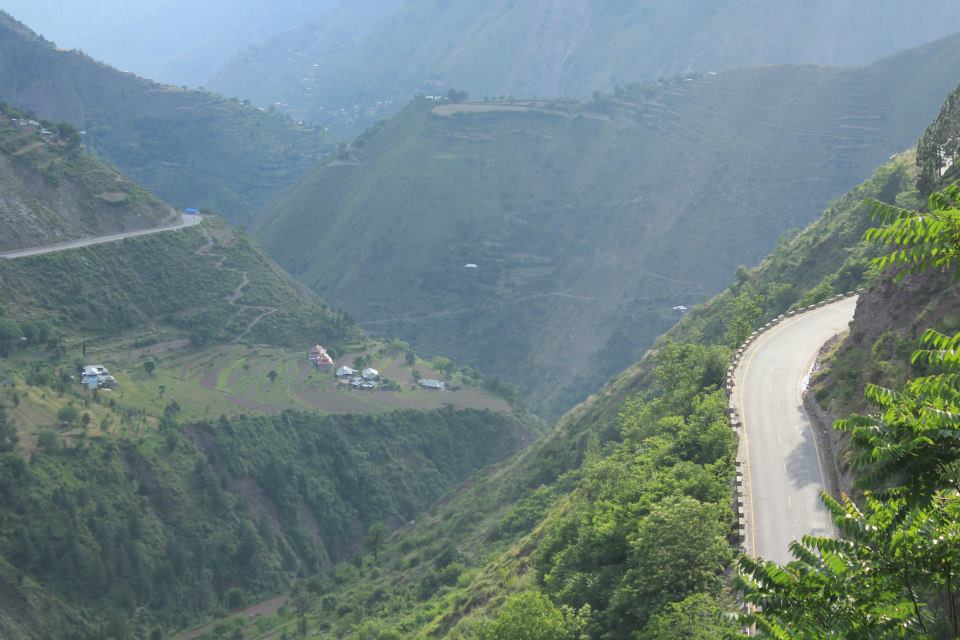Abbottabad and Eastern KPK

Pakistanis, particularly Lahoris, love the Kaghan Valley.
For many Lahori tourists, the village of Naran in the north of the valley practically is the “northern areas”. While the scenery is not quite as dramatic as it is in Gilgit-Baltistan, it’s still spectacular, and there’s no denying the ease of access. What’s remarkable about travelling in the Kaghan Valley is how abruptly the temperature drops: from warmer Abbottabad to the frozen peaks around Naran, it’s easy
to see why this is currently one of the favoured summer getaways for “downland” Pakistanis.
Despite being in Khyber Pakhtunkhwa province, the people of this area are culturally distinct, speaking a mixture of Pashto and Hindko languages. The area is known as the Hazara region, but is not related to Afghanistan and Pakistan’s Hazara people.
Surrounded by leafy hills, Abbottabad was built as a garrison town under the British Raj in the mid-nineteenth century, and named after its founder Major James Abbott. Its name, adapted for Urdu speakers, is pronounced as ayb-tuh-bad. Both before and since independence the city has always been favored by Punjabi aristocrats, government types and particularly the military elite for its semi-temperate climes – it is milder than Islamabad, more refined than Pindi and Peshawar, but more urban than the mountain villages.
The Kaghan Valley begins as a crease between the foothills of the Himalayas north of Islamabad, near the city of Mansehra. Driving upstream beside the Naran River, the valley walls become increasingly taller and steeper until they open out to a wide valley at Naran, 2,500m above sea level. The road continues to climb, cutting a swathe through glaciers until it reaches Babusar Top and the border of Gilgit-Baltistan.
Alternatively, from Mansehra another valley extends northwest and then north, carved through the mountains by the surging Indus River. It’s along here that the Karakoram Highway forges its path towards China. Although the mountains are more dramatic, the terrain more treacherous, and most Gilgit-bound transport travels along this route,
it’s arguably a less interesting way to go north. Police restrictions mean you probably won’t be able to see much of the Indus Kohistan area as you travel through it.
